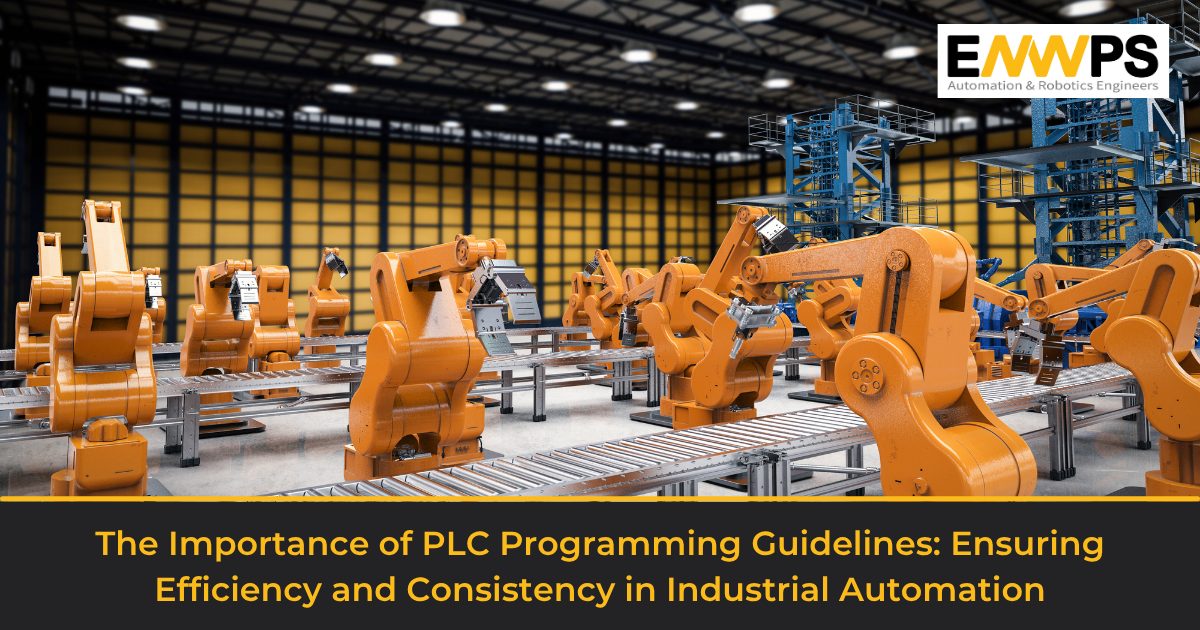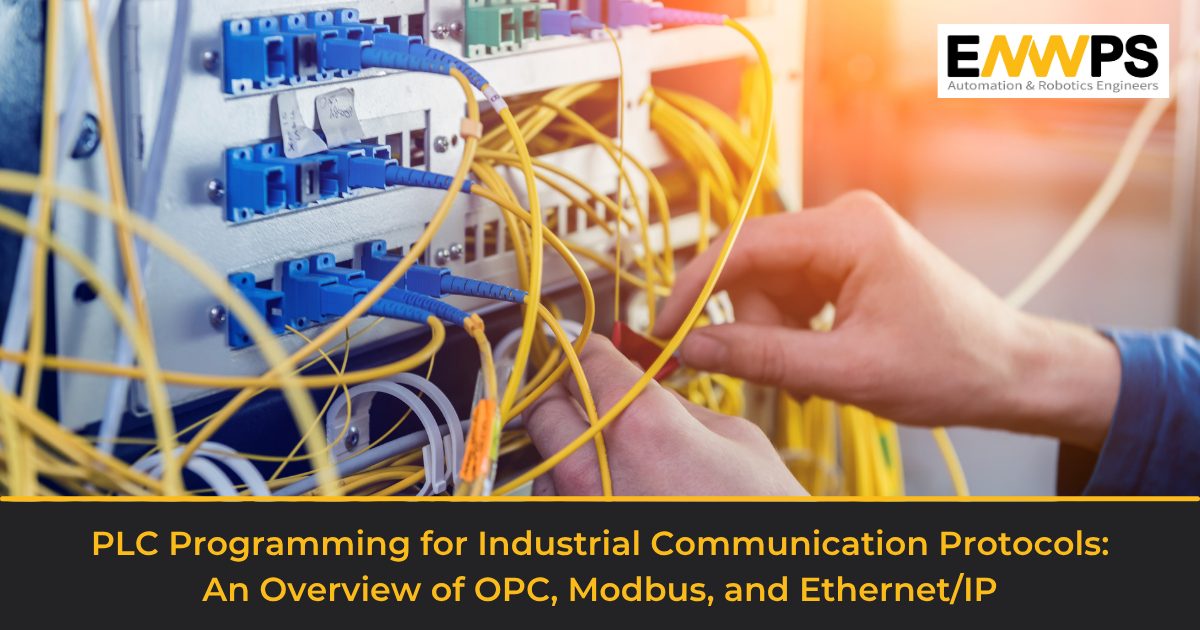
Programmable Logic Controllers (PLCs) serve as the backbone of control systems, enabling seamless operation and coordination of manufacturing processes. To ensure the efficiency, reliability, and maintainability of PLC-based systems, following well-defined programming guidelines is crucial. In this blog, we will explore the significance of PLC programming guidelines, understand common programming standards, and delve into the key principles and features of each standard. Additionally, we will discuss the importance of establishing a robust PLC programming framework, implementing best practices, adhering to industry-specific guidelines, and educating programmers on the importance of guidelines. By overcoming challenges and pitfalls, industries can reap the benefits of efficient and consistent PLC programming.
Also read our blog about: The Importance of PLC Security and How to Protect Your Control Systems
Importance of PLC Programming Guidelines
PLC programming guidelines play a fundamental role in ensuring the success of industrial automation projects. These guidelines serve as a blueprint, providing programmers with a structured approach to develop PLC programs. By adhering to guidelines, engineers can achieve the following benefits:
- Consistency
- Scalability
- Reliability
- Maintenance
- Training
Understanding PLC Programming Guidelines
PLC programming guidelines are sets of rules and standards established by industries or organizations to ensure a systematic and efficient approach to PLC programming. These guidelines encompass various aspects of programming, such as naming conventions, code organization, documentation, and error handling.
Exploring Common PLC Programming Standards
Several programming standards are widely used in industrial automation. Some of the common ones include:
- IEC 61131-3: The International Electrotechnical Commission (IEC) 61131-3 is a widely adopted standard that defines a set of programming languages for PLCs. It includes five languages: ladder diagram (LD), function block diagram (FBD), structured text (ST), instruction list (IL), and sequential function chart (SFC).
- ISA-88: The International Society of Automation (ISA) Standard 88, also known as Batch Control, provides guidelines for the design and implementation of batch processes. It defines models and terminology for batch systems.
- ISA-95: ISA Standard 95, also known as Enterprise-Control System Integration, addresses the integration of enterprise-level systems, such as Manufacturing Execution Systems (MES) and Enterprise Resource Planning (ERP) systems, with control systems.
Key Features and Principles of Each Standard
- IEC 61131-3:
- Key Features: IEC 61131-3 provides a comprehensive set of programming languages suitable for various automation tasks. It encourages modularity and reusability of code.
- Principles: The standard emphasizes clear and concise code organization, efficient use of resources, and the ability to develop code that is easily maintainable and scalable.
- ISA-88:
- Key Features: ISA-88 focuses on modeling batch processes using a hierarchical approach, where equipment modules and control modules are defined separately.
- Principles: The standard promotes a modular approach to batch control, enabling flexible configuration and easy adaptation to process changes.
- ISA-95:
- Key Features: ISA-95 defines models and interfaces for information exchange between enterprise and control systems, facilitating data integration and decision-making.
- Principles: The standard emphasizes the importance of data consistency and accuracy throughout the system and promotes standardized communication interfaces.
Establishing a PLC Programming Framework
To implement effective PLC programming guidelines, organizations must establish a robust PLC programming framework. This framework should include the following elements:
- Standardized Naming Conventions
- Code Organization
- Documentation
- Error Handling
- Version Control
Implementing Best Practices in PLC Programming
Following best practices is essential to achieve the full benefits of PLC programming guidelines. Some of the best practices include:
- Modular Programming: Breaking down complex tasks into smaller, reusable modules enhances code organization and simplifies maintenance.
- Code Review: Regular code reviews by experienced programmers help identify and rectify potential issues early in the development process.
- Testing and Validation: Rigorous testing and validation of PLC programs are critical to ensure their correctness and reliability.
Adapting to Industry-Specific Guidelines
Different industries may have specific requirements and guidelines for PLC programming. Adapting to industry-specific guidelines ensures compliance with industry standards and regulations. For example, industries with high safety standards, such as nuclear or aerospace, may have specific programming guidelines to ensure critical processes are executed safely.
Training and Educating Programmers on Guidelines
Proper training and education on PLC programming guidelines are essential for programmers to understand their significance and implement them effectively. Workshops, seminars, and training sessions can help programmers grasp the principles and best practices related to the chosen programming standards.
Overcoming Challenges and Pitfalls
Implementing PLC programming guidelines may encounter some challenges, such as resistance to change, lack of awareness, or difficulties in adapting to new standards. To overcome these challenges, organizations must emphasize the benefits of guidelines, provide adequate training, and gradually transition to new practices.
Conclusion
In conclusion, PLC programming guidelines are critical in industrial automation to ensure efficiency, reliability, and maintainability of PLC-based systems. By following well-established programming standards, organizations can achieve consistency, scalability, and ease of maintenance. IEC 61131-3, ISA-88, and ISA-95 are common standards that offer different functionalities and address specific aspects of industrial automation. Establishing a robust PLC programming framework, implementing best practices, and adhering to industry-specific guidelines further enhances the effectiveness of PLC programming. Proper training and education are essential to equip programmers with the knowledge and understanding of guidelines. By overcoming challenges and pitfalls, industries can reap the benefits of efficient and consistent PLC programming, ultimately contributing to the success of industrial automation projects.
Talk to us today! Reach us on automation@enwps.com



